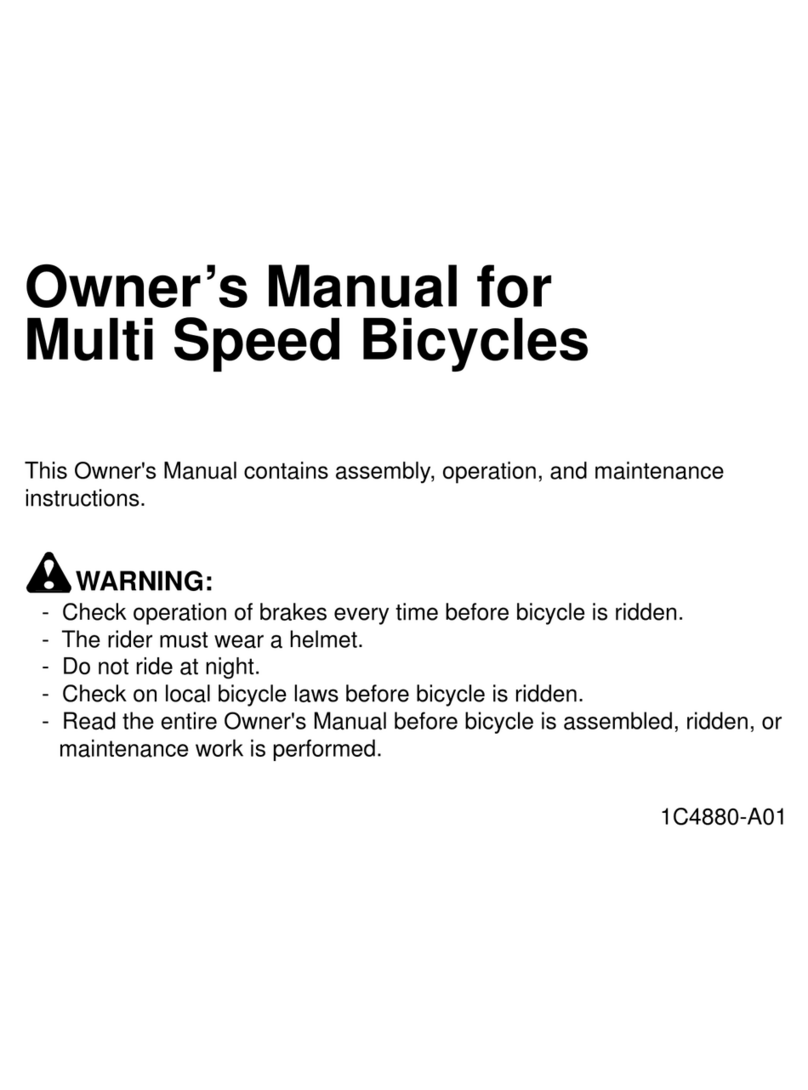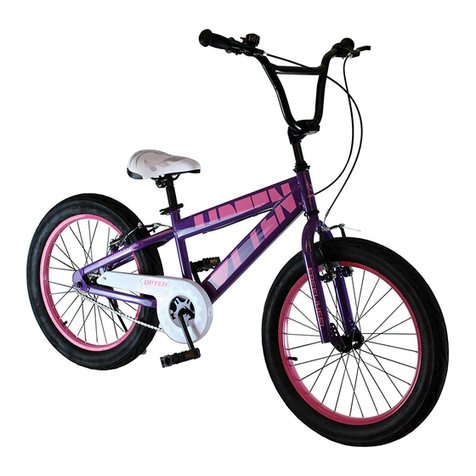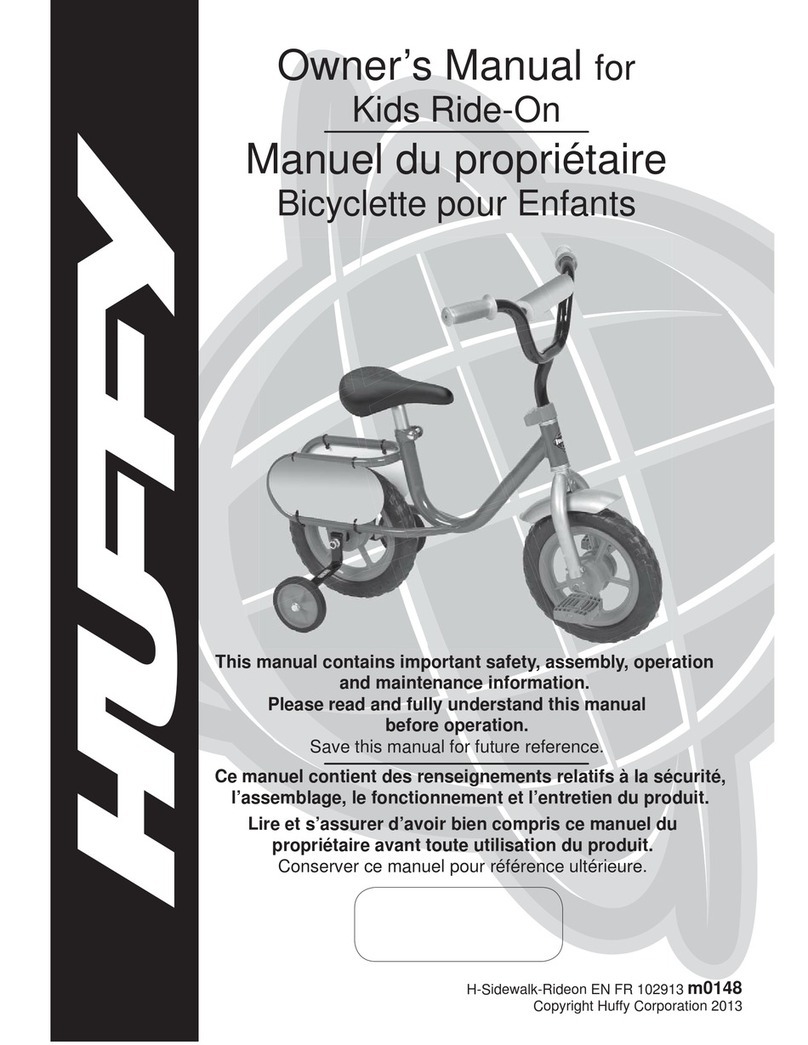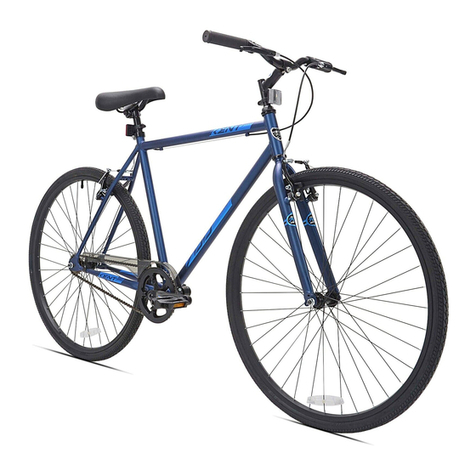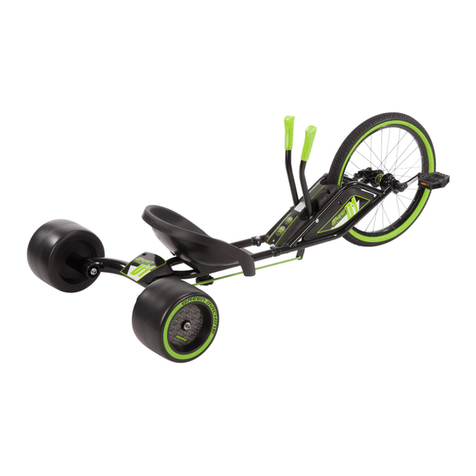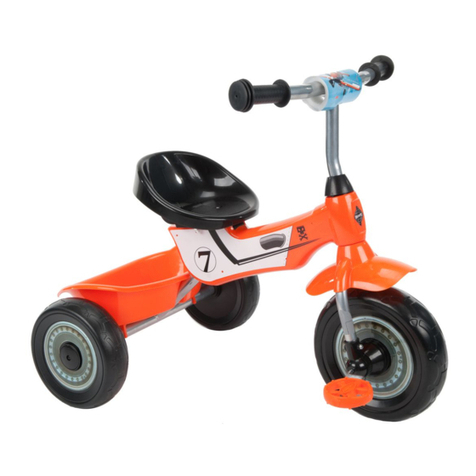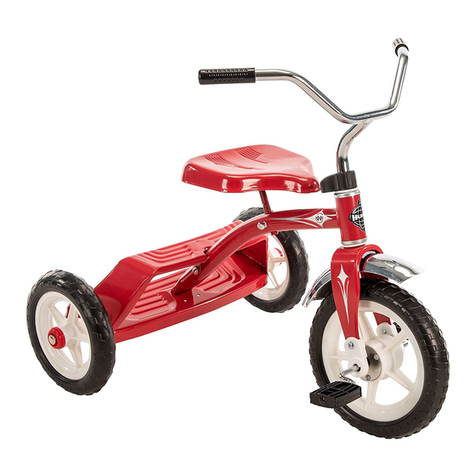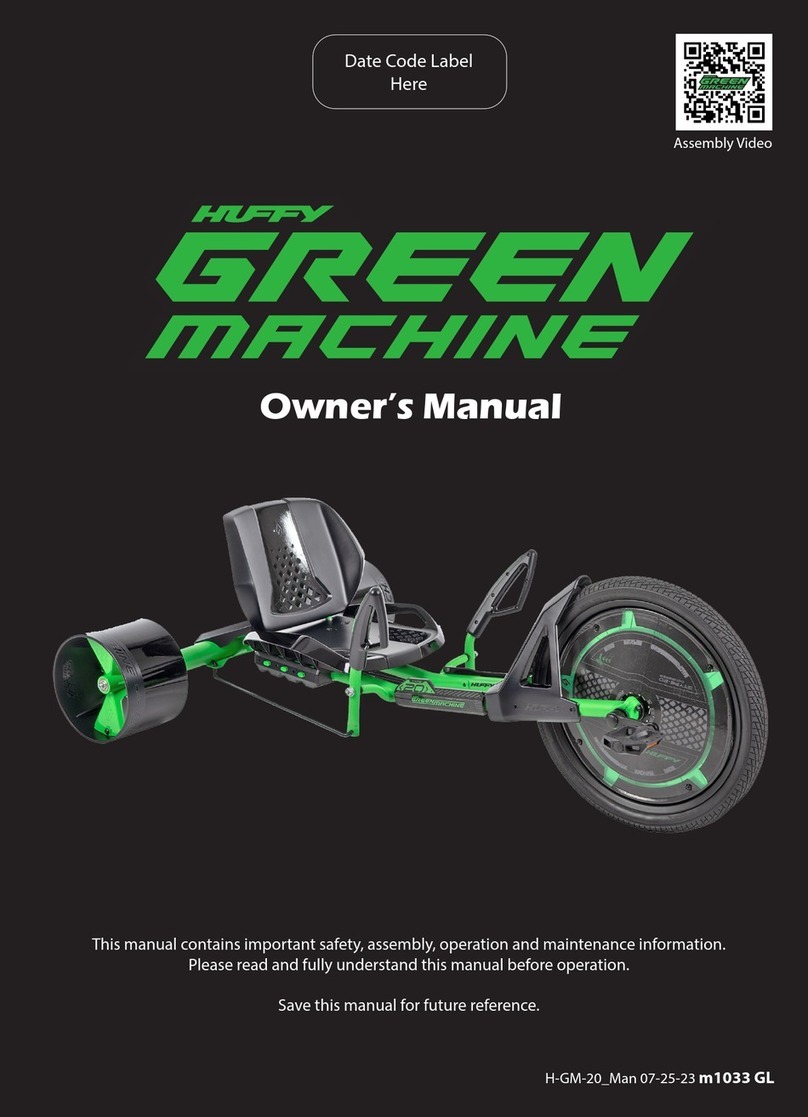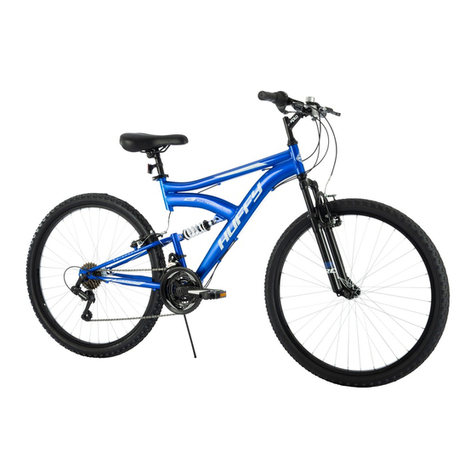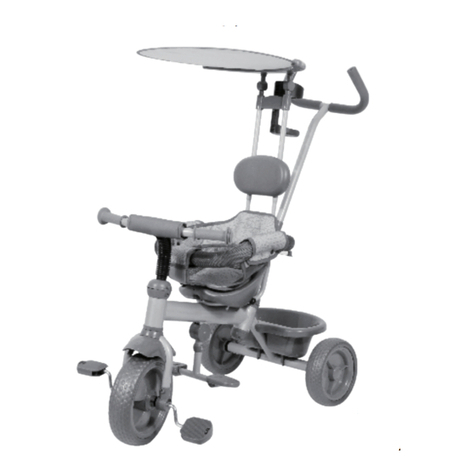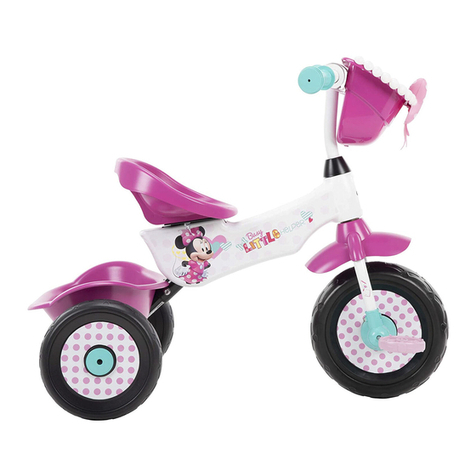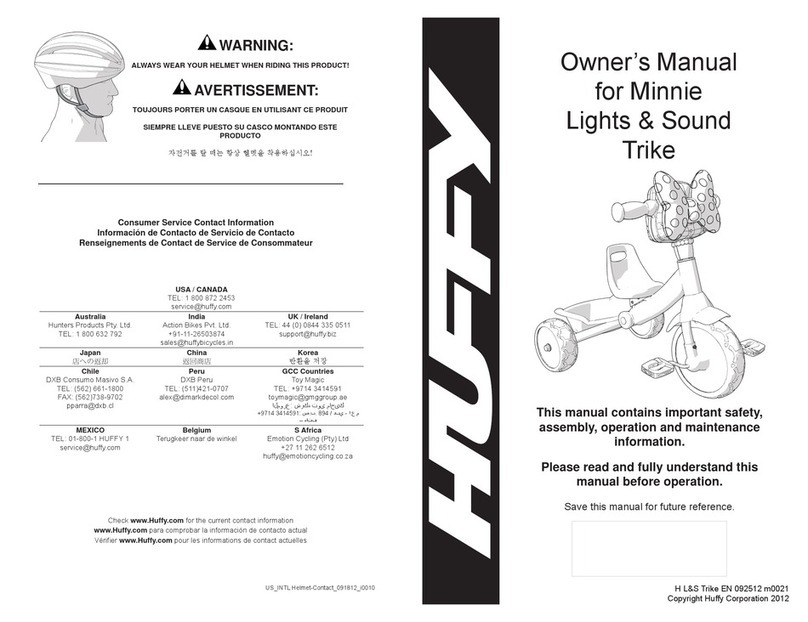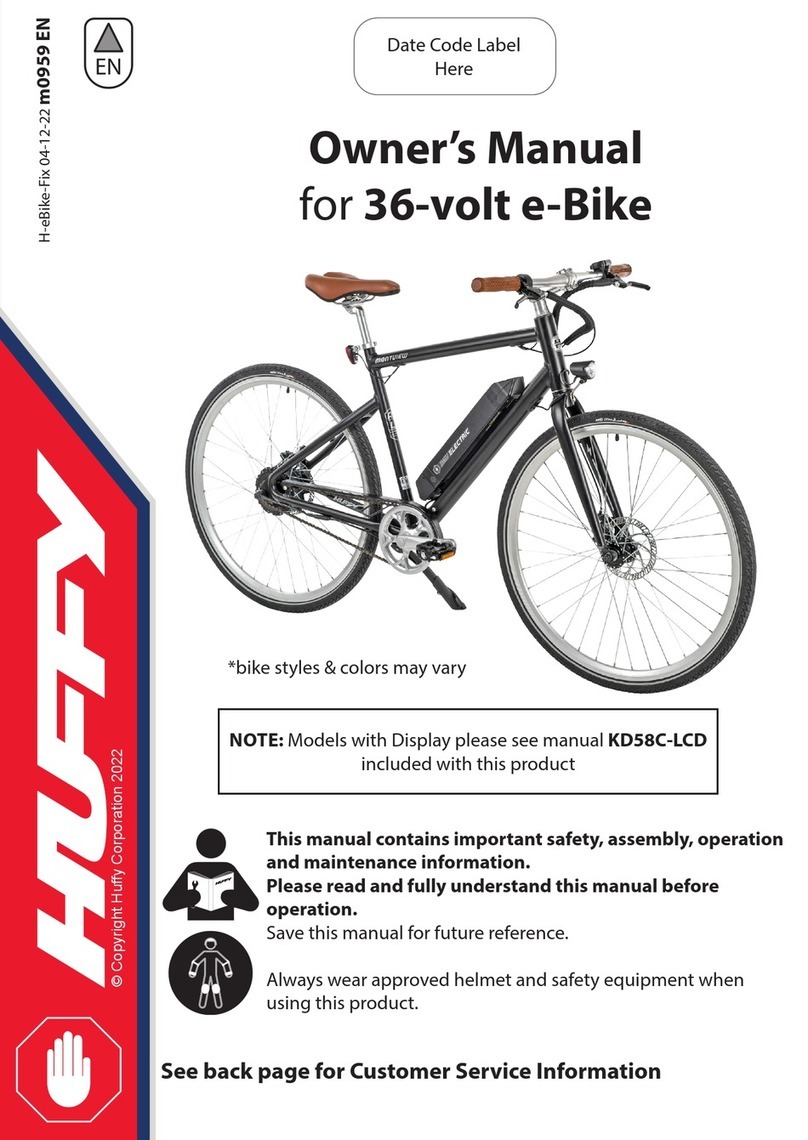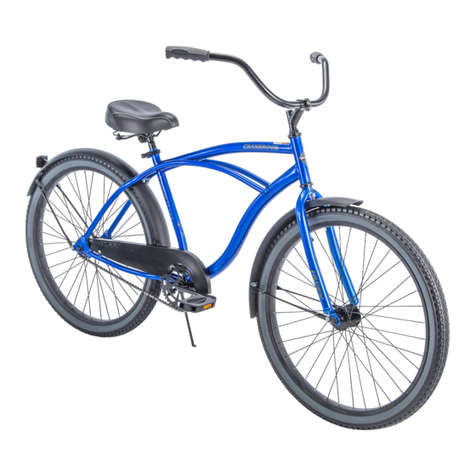
2
Owner’s Manual Index
Your Bike
• Owner’s Bicycle Identification Record...................................................3
• Fitting the Rider to the Bicycle...............................................................3
• Warning and Safety Information............................................................4
• Rules of the Road..................................................................................4
• The Owner’s Responsibility...................................................................5
Bicycle Assembly
• Parts Assembly View.............................................................................6
• Parts Assembly List...............................................................................7
• Introduction............................................................................................8
• Tools Needed.........................................................................................8
• Front Fender Installation........................................................................9
• Assemble the Front Wheel to the Fork (without basket).......................11
• Mounted Wire Basket Assembly...........................................................12
• Rear Fender Assembly.........................................................................13
• Handlebar and Stem Installation ..........................................................14
• Testing Stem and Handlebar Tightness................................................15
• Seat Installation....................................................................................16
• Testing Seat Clamp and Post Clamp Tightness ...................................17
• Pedal Installation..................................................................................18
• Front Reflector Bracket Installation ......................................................19
• Luggage Rack Adjustment....................................................................19
• Handlebar Bags/Basket........................................................................20
• Brake System.......................................................................................21
• Chain Adjustment .................................................................................21
Maintenance and Service
• Tires .....................................................................................................22
• Repair and Service...............................................................................23
• Lubrication............................................................................................23
• Lubrication Table...................................................................................24
• Inspection of the Bearings....................................................................24
• Reflectors .............................................................................................24
Huffy Warranty
• Huffy Corporation Limited Warranty .....................................................26
